Cover
Title Page
Copyright and Credits
Dedication
Packt Upsell
Foreword
Contributors
Table of Contents
Preface
Chapter 1: The Build System
Introduction
Setting up the host system
Getting ready
How to do it...
How it works...
There's more...
See also
Installing Poky
Getting ready
How to do it...
How it works...
There's more...
See also
Creating a build directory
How to do it...
How it works...
There's more...
Building your first image
Getting ready
How to do it...
How it works...
There's more...
Explaining the NXP Yocto ecosystem
Getting ready
How to do it...
How it works...
There's more...
See also
Installing support for NXP hardware
Getting ready
How to do it...
How it works...
There's more...
See also
Building Wandboard images
How to do it...
How it works...
See also
Using the Toaster web interface
Getting ready
How to do it...
Administrator interface
Starting a build
Customizing images with Toaster
Building SDKs with Toaster
How it works...
There's more...
Running a Toaster Docker container
How to do it...
See also
Configuring network booting for a development setup
Getting ready
Installing a TFTP server
Installing an NFS server
How to do it...
Using Docker as a Yocto build system container
Getting ready
How to do it...
How it works...
See also
Sharing downloads
Getting ready
How to do it...
Sharing the shared state cache
How to do it...
There's more...
Setting up a package feed
Getting ready
Versioning packages
How to do it...
There's more...
Generating signed packages
Using signed package feeds
Creating a GNUPG key pair
Backing up your keys
See also
Using build history
How to do it...
How it works...
Looking at build history
There's more...
Working with build statistics
How to do it...
How it works...
There's more...
See also
Debugging the build system
Getting ready
Finding recipes
Dumping BitBake's environment
Using the development shell
How to do it...
Task log and run files
Adding logging to recipes
Looking at dependencies
Debugging dependencies
Debugging BitBake
Error reporting tool
Chapter 2: The BSP Layer
Introduction
Creating a custom BSP layer
How to do it...
How it works...
There's more...
Adding a new machine
Adding a custom device tree to the Linux kernel
Adding a custom U-Boot machine
Adding a custom formfactor file
Build your custom machine
See also
Adding a custom kernel and bootloader
Getting ready
Finding the Linux kernel source
Finding the U-Boot source
Developing using a Git repository fork
How to do it...
How it works...
Building the U-Boot bootloader
Getting ready
How to do it...
There's more...
Describing Linux's build system
How to do it...
How it works...
There's more...
Configuring the Linux kernel
Getting ready
How to do it...
Using Yocto to configure the Linux kernel
There's more...
Building the Linux kernel
How to do it...
Using Yocto to build the Linux kernel
There's more...
Building external kernel modules
Getting ready
How to do it...
There's more...
Module auto-loading
See also
Debugging the Linux kernel and modules
How to do it...
How it works...
There's more...
Using dynamic debug
Rate-limiting debug messages
See also
Debugging the Linux kernel booting process
How to do it...
How it works...
Dumping the kernel's printk buffer from the bootloader
There's more...
Using the kernel function tracing system
Getting ready
How to do it...
How it works...
There's more...
Filtering function traces
Enabling trace options
Using the function tracer on oops
Getting a stack trace for a given function
Configuring the function tracer at boot
See also
Managing the device tree
Getting ready
How to do it...
How it works...
The compatible property
The Wandboard device tree file
Defining buses and memory-addressable devices
There's more...
Modifying and compiling the device tree in Yocto
See also
Debugging device tree issues
How to do it...
How it works...
Looking at the device tree from U-Boot
Looking at the device tree from the Linux kernel
Chapter 3: The Software Layer
Introduction
Exploring an image's contents
Getting ready
How to do it...
How it works...
Adding a new software layer
Getting ready
How to do it...
How it works...
There's more...
See also
Selecting a specific package version and provider
How to do it...
How do we select which provider to use?
How do we select which version to use?
How do we select which version not to use?
Adding supported packages
Getting ready
How to do it...
How it works...
There's more...
Configuring packages
Adding new packages
Getting ready
How to do it...
How it works...
Package licensing
Fetching package contents
Specifying task overrides
Configuring packages
Splitting into several packages
Setting machine-specific variables
Adding data, scripts, or configuration files
How to do it...
There's more...
Managing users and groups
Getting ready
How to do it...
There's more...
Using the sysvinit initialization manager
Getting ready
How to do it...
Using the systemd initialization manager
Getting ready
How to do it...
There's more...
Installing systemd unit files
See also
Installing package installation scripts
Getting ready
How to do it...
How it works...
Reducing the Linux kernel image size
How to do it...
How it works...
Reducing the root filesystem size
How to do it...
How it works...
Memory-based root filesystems
Getting ready
How to do it...
How it works...
There's more...
Securing the root filesystem
Getting ready
How to do it...
Setting up SELinux
Setting up SMACK
How it works...
Looking into SELinux
Looking into SMACK
See also
Releasing software
Getting ready
How to do it...
There's more...
See also
Analyzing your system for compliance
How to do it...
There's more...
Working with open source and proprietary code
How to do it...
How it works...
The U-Boot bootloader
The Linux kernel
glibc
musl
BusyBox
The Qt framework
The X Windows system
There's more...
See also
Chapter 4: Application Development
Introduction
Introducing toolchains
Getting ready
How to do it...
Preparing an SDK
Getting ready
How to do it...
How it works...
Customizing standard and extensible SDKs
Adding packages to the SDKs
Using the extensible SDK
Getting ready
Exploring the extensible SDK contents
How to do it...
How it works...
The workspace layer
Recipe development workflow
Adding a recipe to the workspace layer
Removing a recipe from the workspace layer
Modifying a recipe in the workspace layer
Building and testing your recipe
Updating a recipe with your changes
Finishing work on a recipe
There's more...
Using the Eclipse IDE
Getting ready
How to do it...
There's more...
See also
Developing GTK+ applications
Getting ready
How to do it...
There's more...
Using the Qt Creator IDE
Getting ready
How to do it...
Developing Qt applications
Getting ready
How to do it...
There's more...
Describing workflows for application development
How to do it...
How it works...
External development
Working directory development
External source development
Working with GNU make
How to do it...
See also
Working with the GNU build system
Getting ready
How to do it...
See also
Working with the CMake build system
Getting ready
How to do it...
See also
Working with the SCons builder
Getting ready
How to do it...
See also
Developing with libraries
Getting ready
Building a static library
Building a shared dynamic library
How to do it...
How it works...
There's more...
See also
Working with the Linux framebuffer
Getting ready
How to do it...
How it works...
There's more...
See also
Using the X Windows system
Getting ready
How to do it...
There's more...
See also
Using Wayland
Getting ready
How to do it...
There's more...
See also
Adding a web browser application
Getting ready
How to do it...
There's more...
See also
Adding Python applications
Getting ready
How to do it...
There's more...
Integrating the Open Java Development Kit
Getting ready
How to do it...
How it works...
There's more...
See also
Integrating Java applications
Getting ready
How to do it...
How it works...
There's more...
See also
Integrating Node.js applications
Getting ready
How to do it...
How it works...
There's more...
See also
Running Docker application containers
Getting ready
How to do it...
How it works...
See also
Chapter 5: Debugging, Tracing, and Profiling
Introduction
Analyzing core dumps
Getting ready
How to do it...
How it works...
See also
Native GDB debugging
Getting ready
How to do it...
There's more...
Cross GDB debugging
Getting ready
How to do it...
There's more...
Using strace for application debugging
Getting ready
How to do it...
How it works...
See also
Using the kernel's performance counters
Getting ready
How to do it...
How it works...
There's more...
See also
Using static kernel tracing
Getting ready
How to do it...
How it works...
There's more...
See also
Using dynamic kernel tracing
Getting ready
How to do it...
There's more...
See also
Using dynamic kernel events
Getting ready
How to do it...
How it works...
There's more...
Exploring Yocto's tracing and profiling tools
Getting ready
How to do it...
There's more...
Tracing and profiling with perf
Getting ready
How to do it...
How it works...
Reading tracing data
There's more...
Profile charts
Using perf as a strace substitute
See also
Using SystemTap
Getting ready
How to do it...
How it works...
See also
Using LTTng
Getting ready
How to do it...
How it works...
Extending application profiling
There's more...
See also
Using blktrace
Getting ready
How to do it...
How it works...
There's more...
Other Books You May Enjoy
Leave a review - let other readers know what you think
Index
Humble bundle_Ad_CDP.pdf
Table of Contents
Humble Bundle
Index
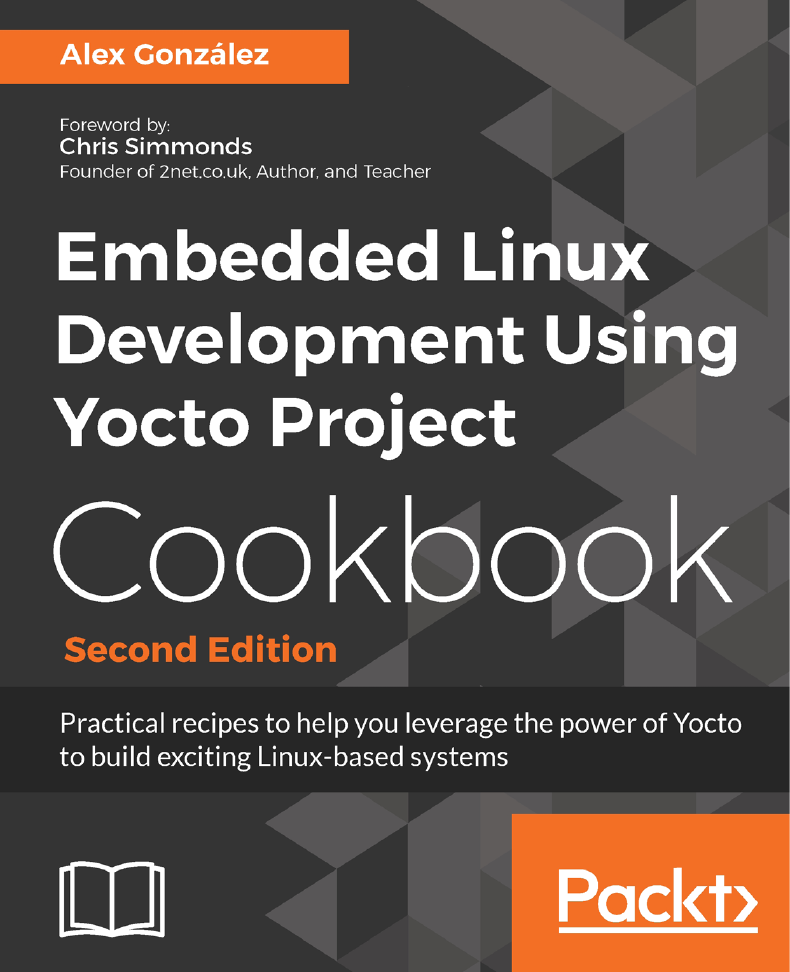
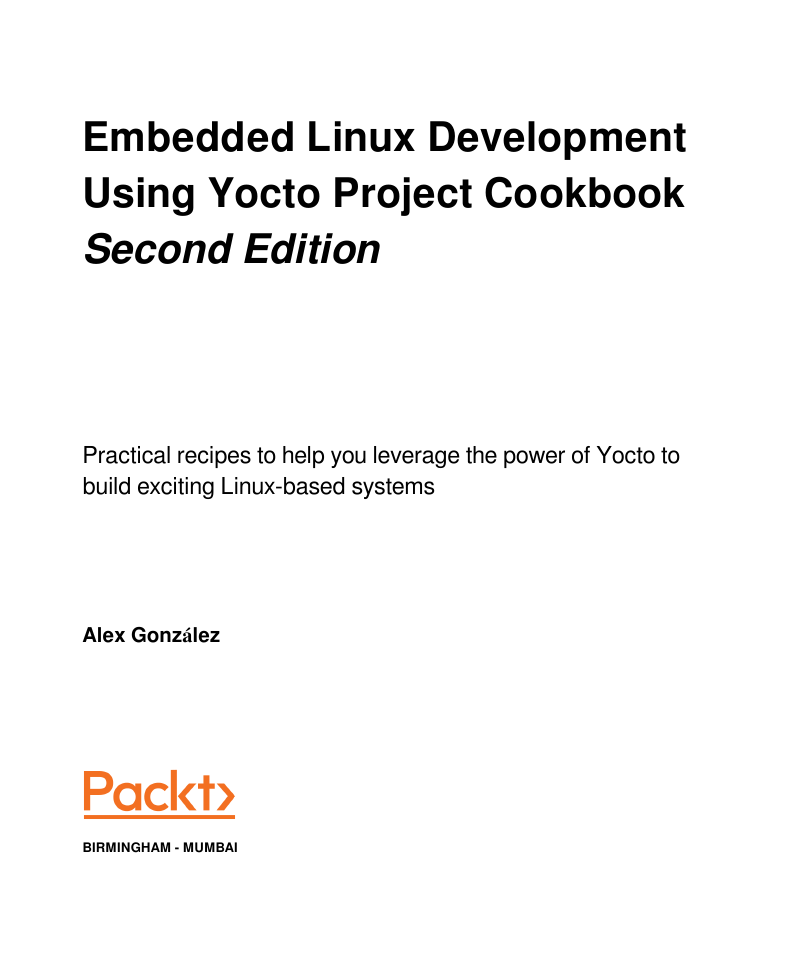
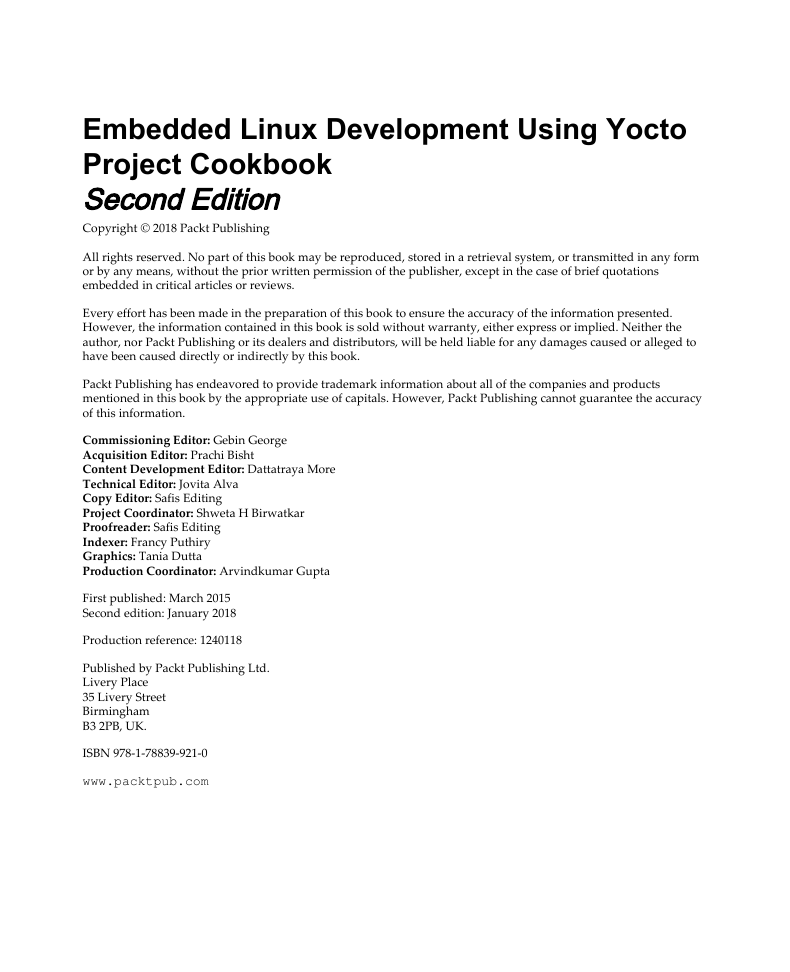


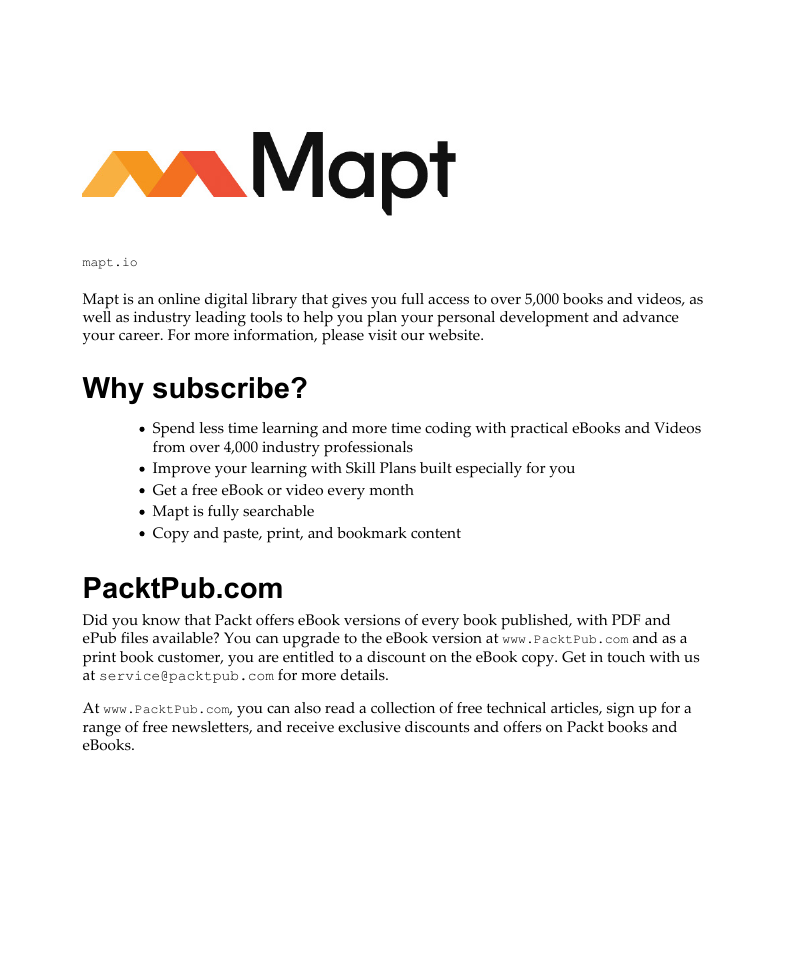
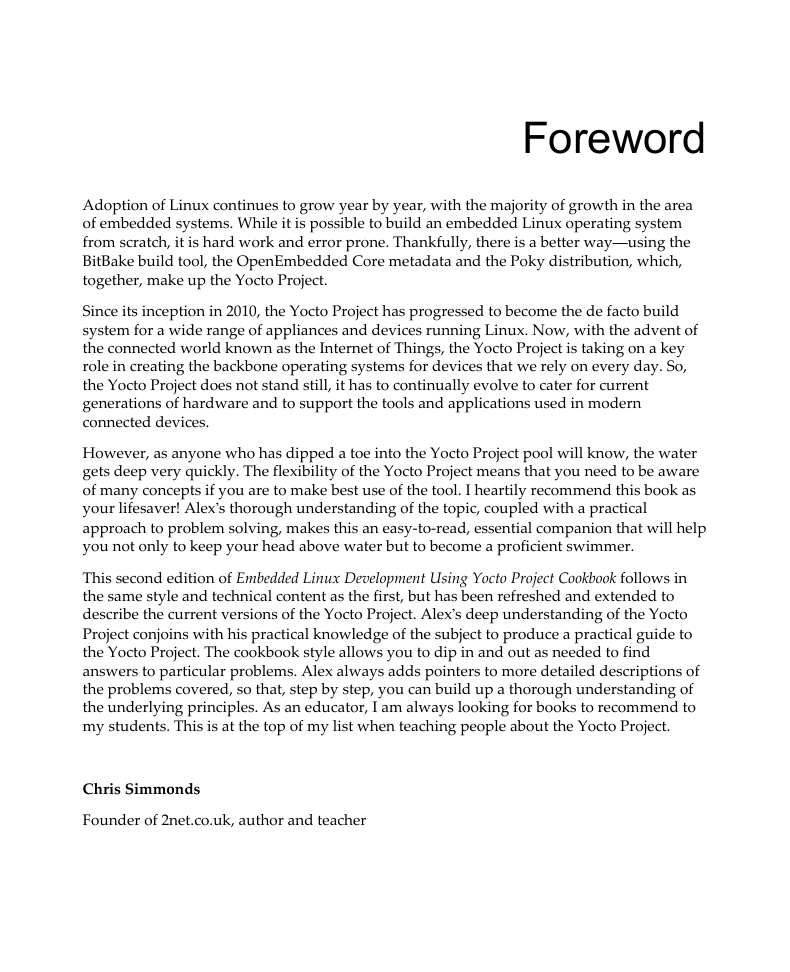
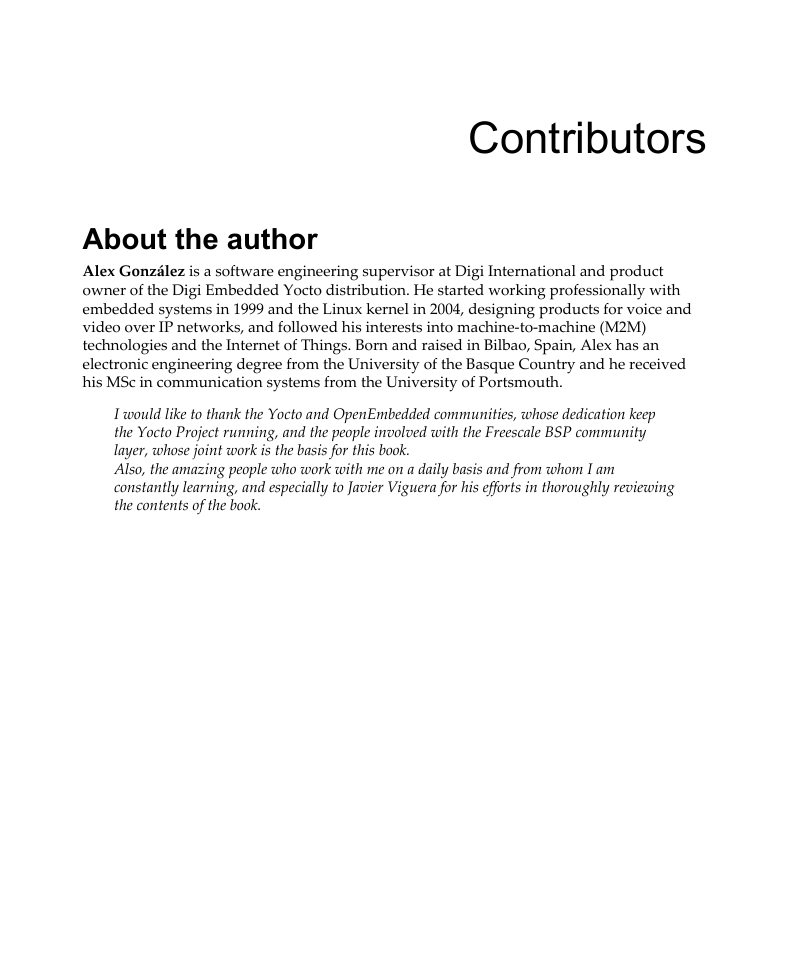








 2023年江西萍乡中考道德与法治真题及答案.doc
2023年江西萍乡中考道德与法治真题及答案.doc 2012年重庆南川中考生物真题及答案.doc
2012年重庆南川中考生物真题及答案.doc 2013年江西师范大学地理学综合及文艺理论基础考研真题.doc
2013年江西师范大学地理学综合及文艺理论基础考研真题.doc 2020年四川甘孜小升初语文真题及答案I卷.doc
2020年四川甘孜小升初语文真题及答案I卷.doc 2020年注册岩土工程师专业基础考试真题及答案.doc
2020年注册岩土工程师专业基础考试真题及答案.doc 2023-2024学年福建省厦门市九年级上学期数学月考试题及答案.doc
2023-2024学年福建省厦门市九年级上学期数学月考试题及答案.doc 2021-2022学年辽宁省沈阳市大东区九年级上学期语文期末试题及答案.doc
2021-2022学年辽宁省沈阳市大东区九年级上学期语文期末试题及答案.doc 2022-2023学年北京东城区初三第一学期物理期末试卷及答案.doc
2022-2023学年北京东城区初三第一学期物理期末试卷及答案.doc 2018上半年江西教师资格初中地理学科知识与教学能力真题及答案.doc
2018上半年江西教师资格初中地理学科知识与教学能力真题及答案.doc 2012年河北国家公务员申论考试真题及答案-省级.doc
2012年河北国家公务员申论考试真题及答案-省级.doc 2020-2021学年江苏省扬州市江都区邵樊片九年级上学期数学第一次质量检测试题及答案.doc
2020-2021学年江苏省扬州市江都区邵樊片九年级上学期数学第一次质量检测试题及答案.doc 2022下半年黑龙江教师资格证中学综合素质真题及答案.doc
2022下半年黑龙江教师资格证中学综合素质真题及答案.doc